Late last month in Japan, I was able to test out the last of the major JR East rail passes, the JR EAST PASS Nagano Niigata area. Outside of the Tokyo metro area, this particular pass could be a hit for outdoorsy visitors, including hikers and skiers.
However, there were a couple of bureaucratic hiccups that future buyers might want to know about.
Coverage Area & Lines Served
Firstly, let’s see the coverage area, and which lines could be used. Both the following map, and railway/bus line list are directly taken from JR East’s website, which is really not user-friendly. It’s far too easy to send one’s cursor flying straight into one of the website’s tabs, which seem to take up a lot of the screen:

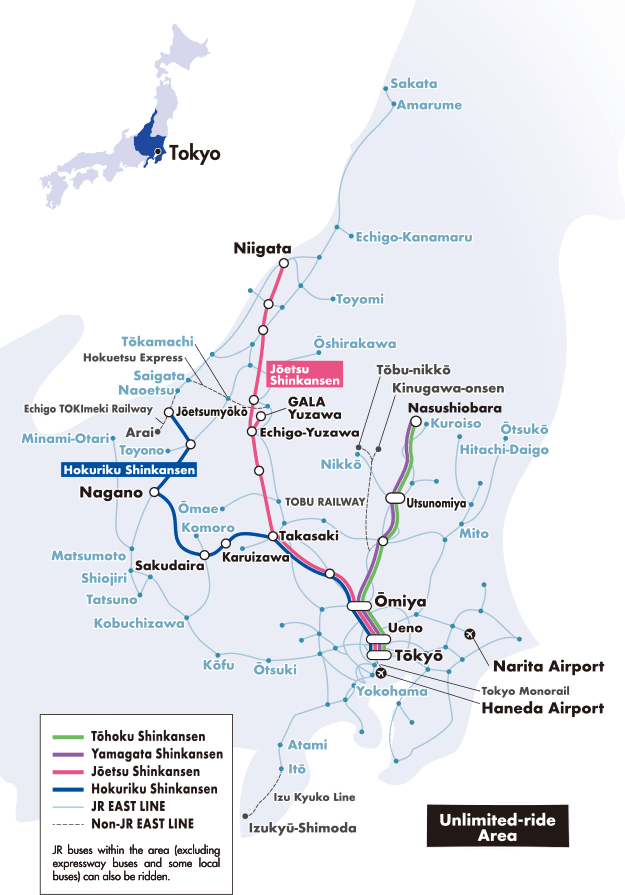
- JR EAST Lines
- Tokyo Monorail (runs between Tokyo’s Hamamatsucho station & Tokyo Haneda airport)
- Izu Kyuko Line
- Hokuetsu Express
- Echigo TOKImeki Railway (between Naoetsu and Arai)
- Reserved seats in ordinary cars of the following express trains with through operations between JR EAST and Tobu Railway lines: Nikko, Kinugawa, and SPACIA Kinugawa trains.
- You can also use regular trains (including rapid trains) from Shimo-imaichi to Tobu-nikko and Kinugawa-onsen on the Tobu Railway line.
Between Kurihashi and Shimo-imaichi, you can only use limited express trains that run through to Tobu Railway. * - JR buses in the area (exc. highway and some regular bus routes)* The only limited express trains you can use with the JR EAST PASS Nagano Niigata area are through trains from JR lines to Tobu Railway lines. You cannot use limited express trains whose first and last stations are Tobu Railway stations.n.b. Gala Yuzawa station only operates in the winter and spring
You can also avail of dining/shopping discounts throughout the rail pass usage area.
Price & Validity
For folks aged 12 and up, it costs ¥27,000. As for passengers 6-11 years old, it is ¥13,500.
One rail pass is good for five consecutive days, and works only for foreign passport holders.
Rail Pass Rigidity x2
1) When passing through one of the stations, I stopped by the stationmaster’s office — basically, the counter/passageway next to the ticket gates — I wanted to keep the accompanying limited express train ticket as a souvenir. Whereas ordinarily one could use the ticket gates with this rail pass, that’s not the case if you want to bring home the separate ticket.
Anyway, what transpired was that the station attendant accidentally punched a hole in the rail pass, rendering it unusable at the gates.
I asked if they could reprint it, but the country’s addiction to the word “no” hit hard. After all, it’s just a magnetic ticket with computerized data, right?
No. But yes.
2) Although there are a plethora of stations which one can access with any given rail pass, the pass can only be physically obtained in a select few. Why? Even Tokyo’s Shinagawa train station, one of the busiest in the country, and one with bullet train service, has only one ticket machine in the main hall wherein visitors can scan their passports to get the rail pass.
It’s difficult to get these above two points across to the JR powers that be, perhaps because these issues don’t affect Japanese citizens.
Enough of the rant, let’s continue with some snapshots of destinations accessible by JR EAST PASS Nagano Niigata area.
n.b. keep in mind that not all photos were taken while I was using this rail pass, but the destinations are all accurate.
Matsumoto
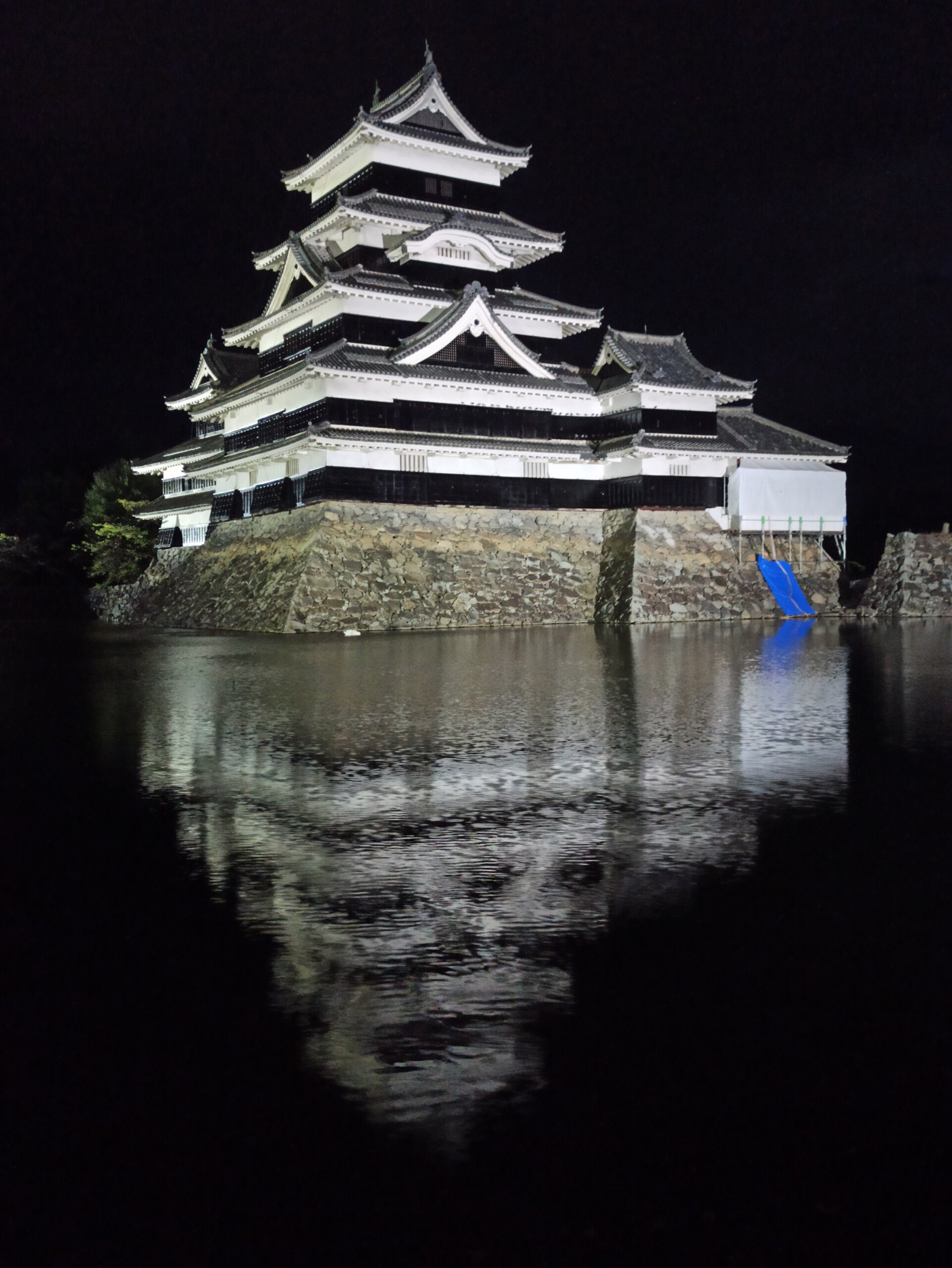
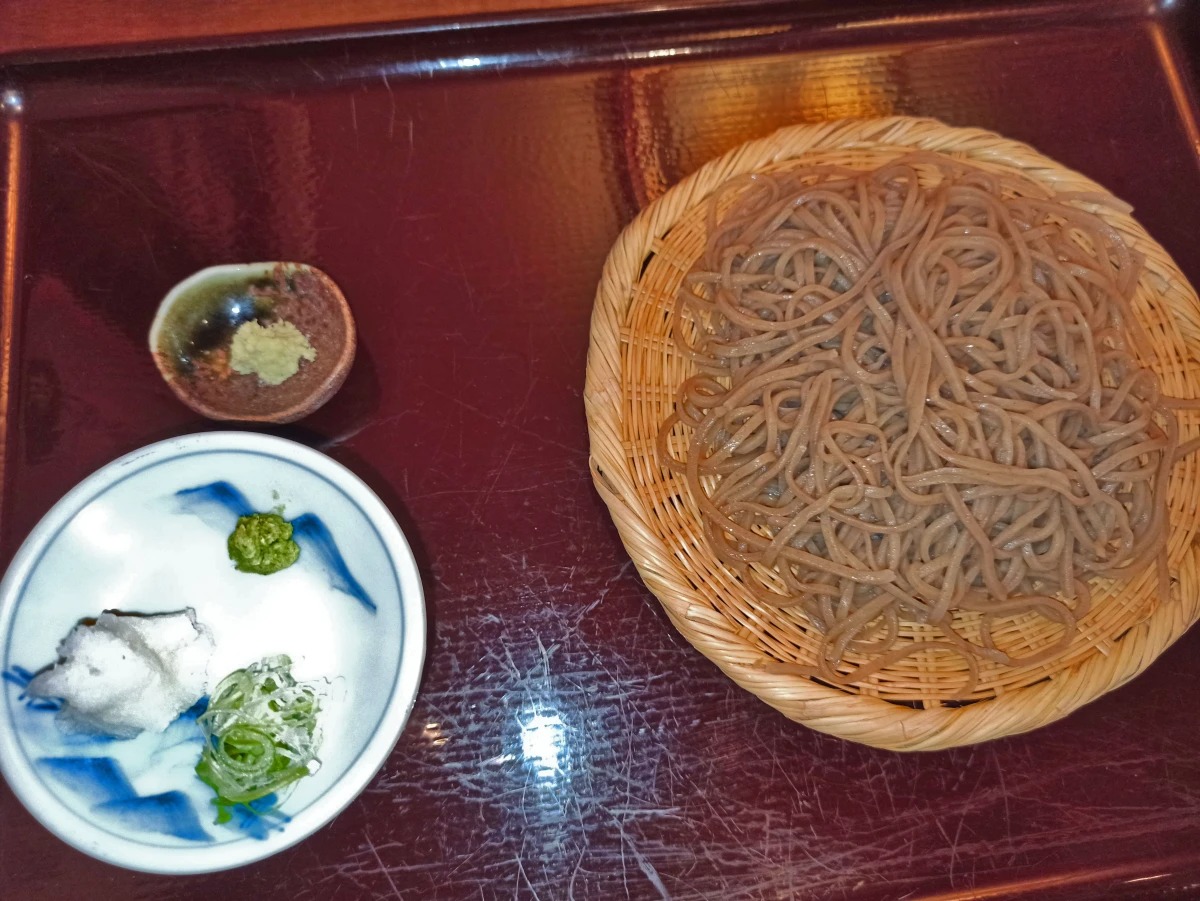
Matsumoto, in Nagano prefecture, is neat little city. It has one of Japan’s 12 original castles, Fukashi Castle, as well as a bounty of soba restaurants. Plus, it’s near to Azumino, home of Daio Wasabi Farm, the country’s largest.
Chino
Also in Nagano prefecture, Chino is a hub of hiking and hot springs (onsen).
A couple of years ago, I stayed at Tateshina Shinyu Onsen, which offered some nice multicourse, hyperlocal meals, proximity to hiking trails, and 30-minute slots for your own private indoor-outdoor bath:
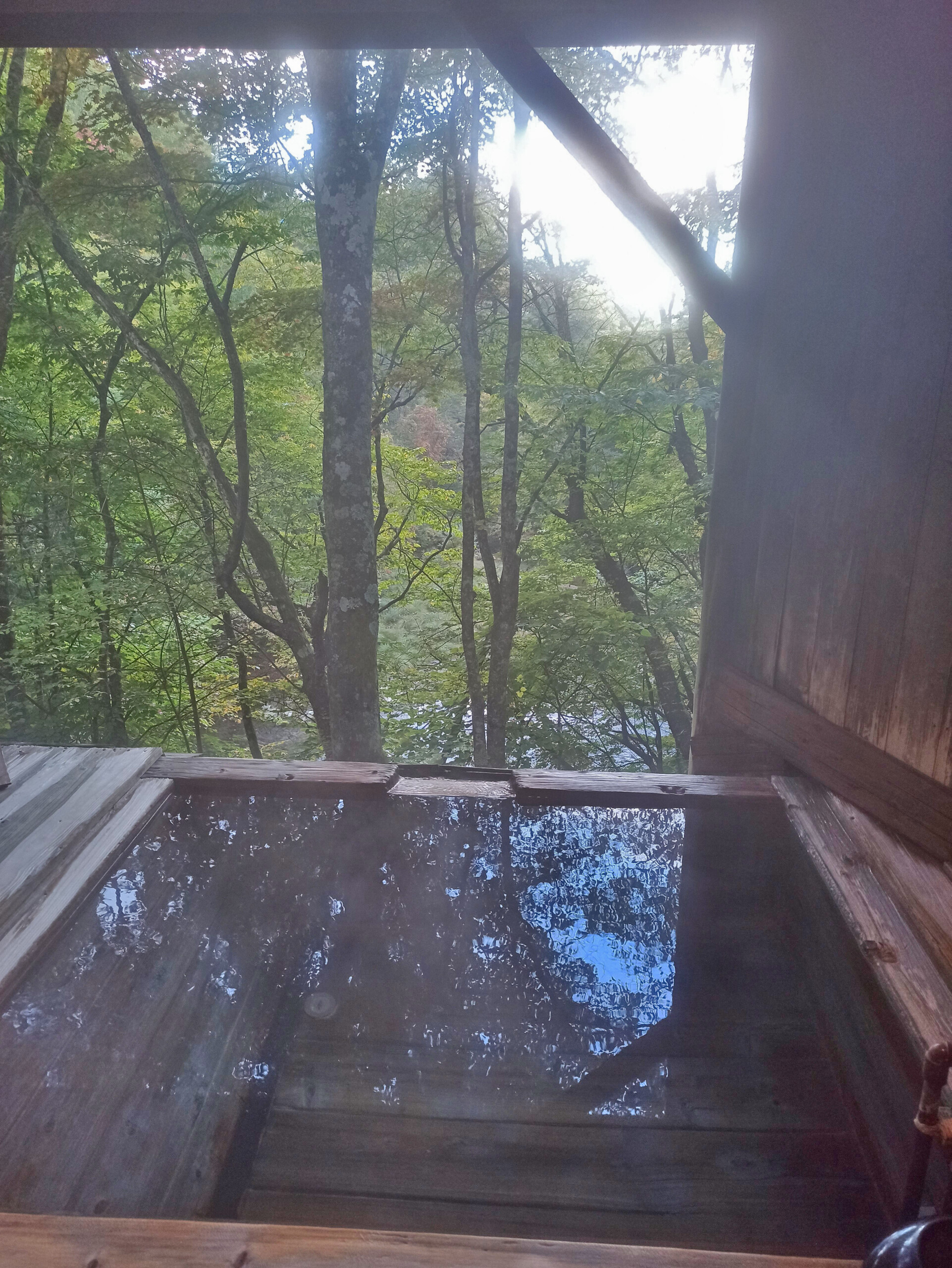
Not to mention, avant-garde architect Fujimori Terunobu left his mark on his home prefecture with some unusual works:
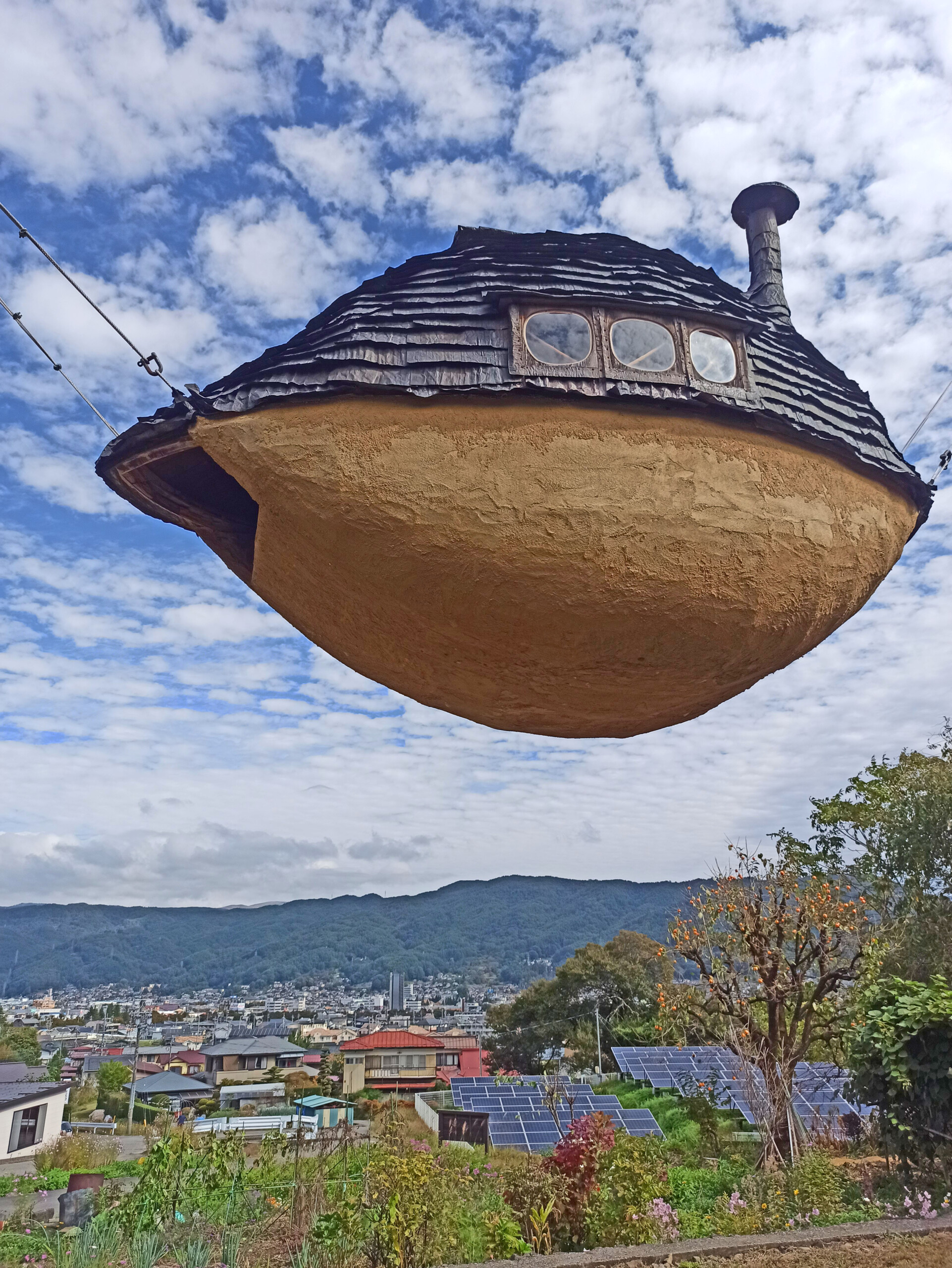
And did I mention the region’s hiking trails?
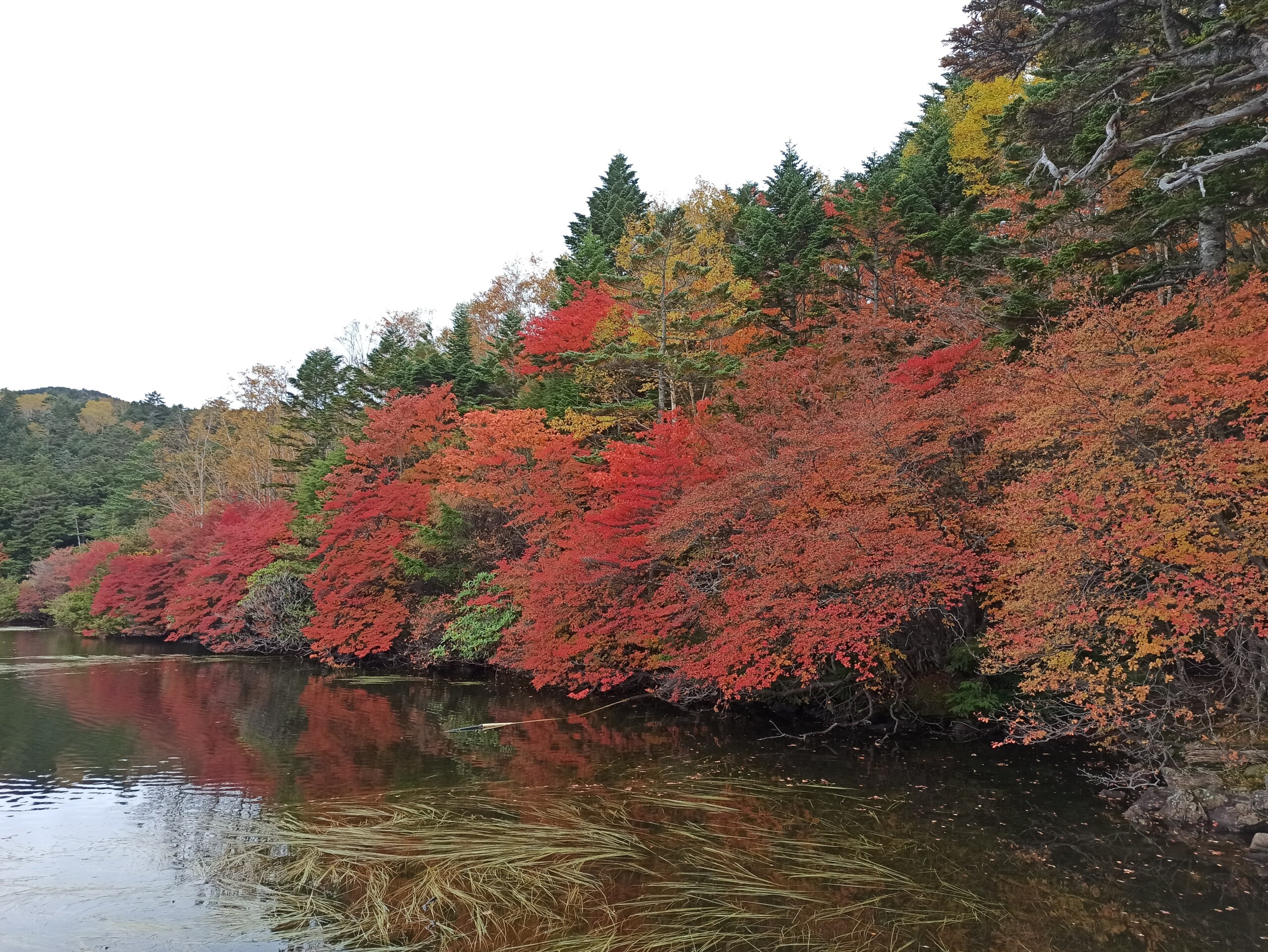
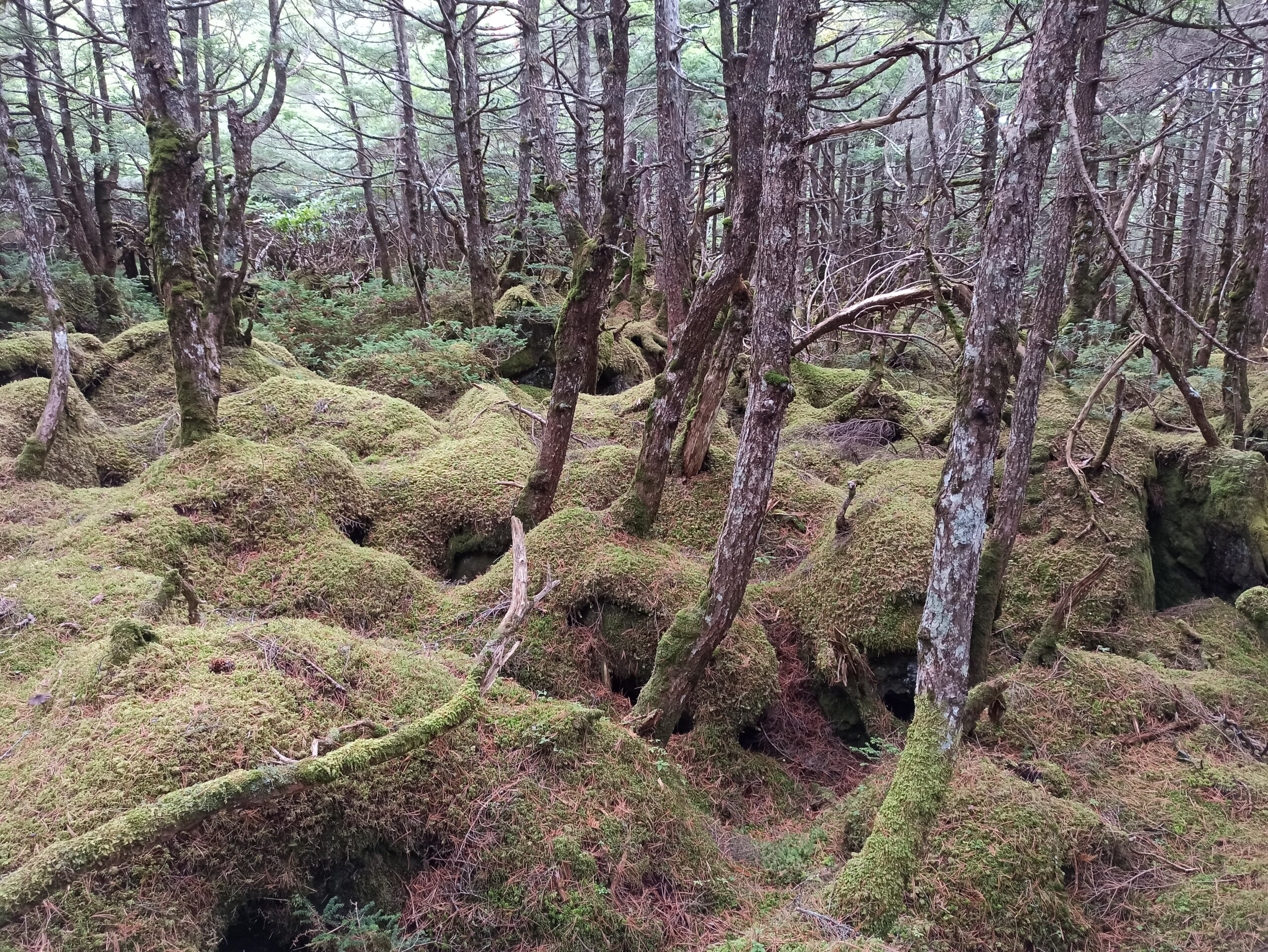
I recommend renting a car from Chino to explore the trails.
Niigata
Capital and largest city of Niigata prefecture, the city is also the northern terminus of the Joetsu shinkansen (bullet train) from Tokyo.
Niigata prefecture is best known for adventure travel, as well as for Sado Island with its gold/silver mining history. For foodies, it’s most famous for nihonshu — what everyone outside of Japan calls “sake,” koshihikari rice, and Kanzuri brand chili paste.
Although I didn’t get to explore much further than Niigata city, and a couple of bullet train station neighborhoods, my brief time up there kept me well-entertained.
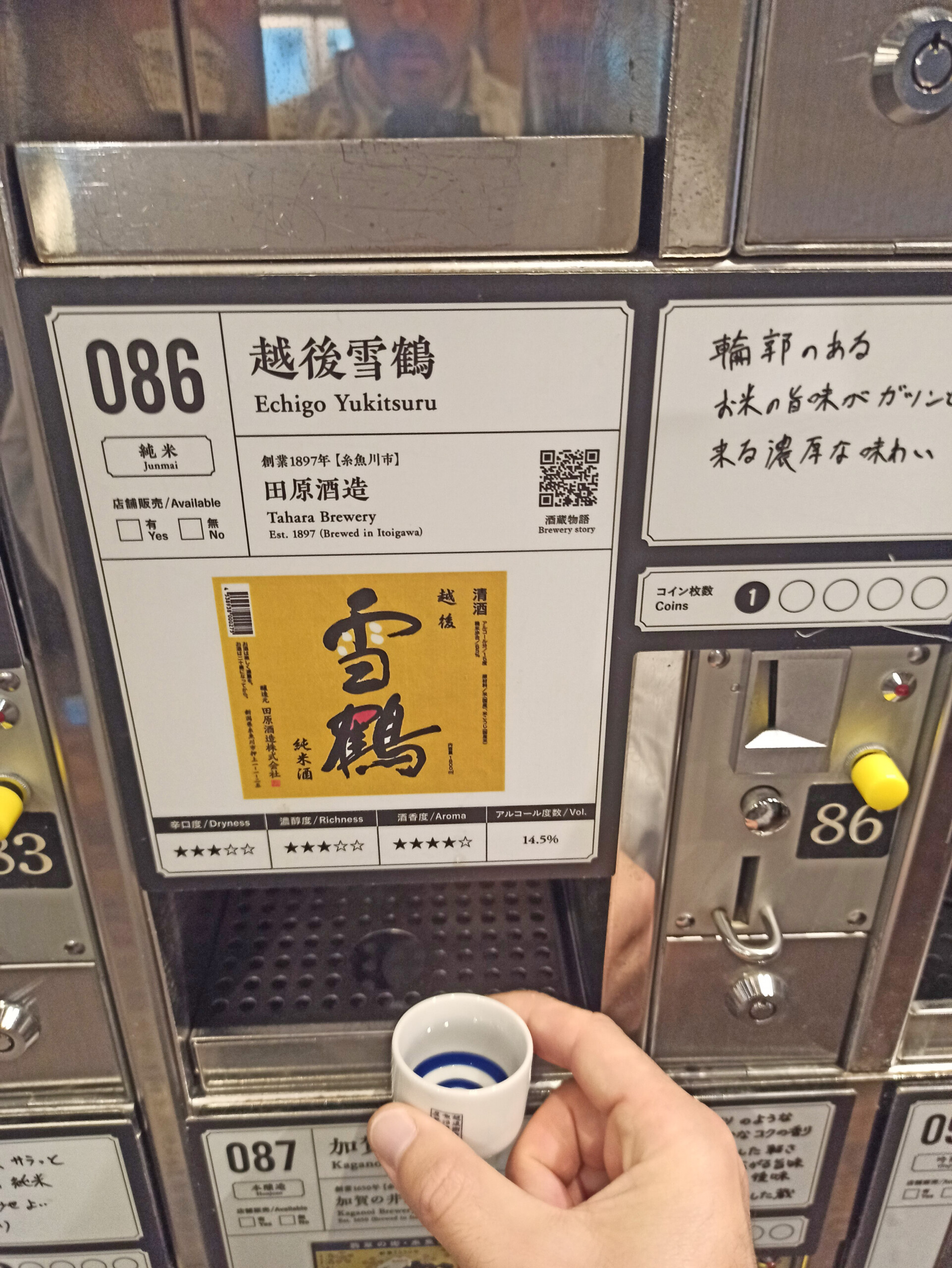
Ponshukan, a liquor store and one coin nihonshu sampling bar, is located right in Niigata station. Pay ¥500 for a few tokens to try nihonshu and umeshu from throughout the prefecture.
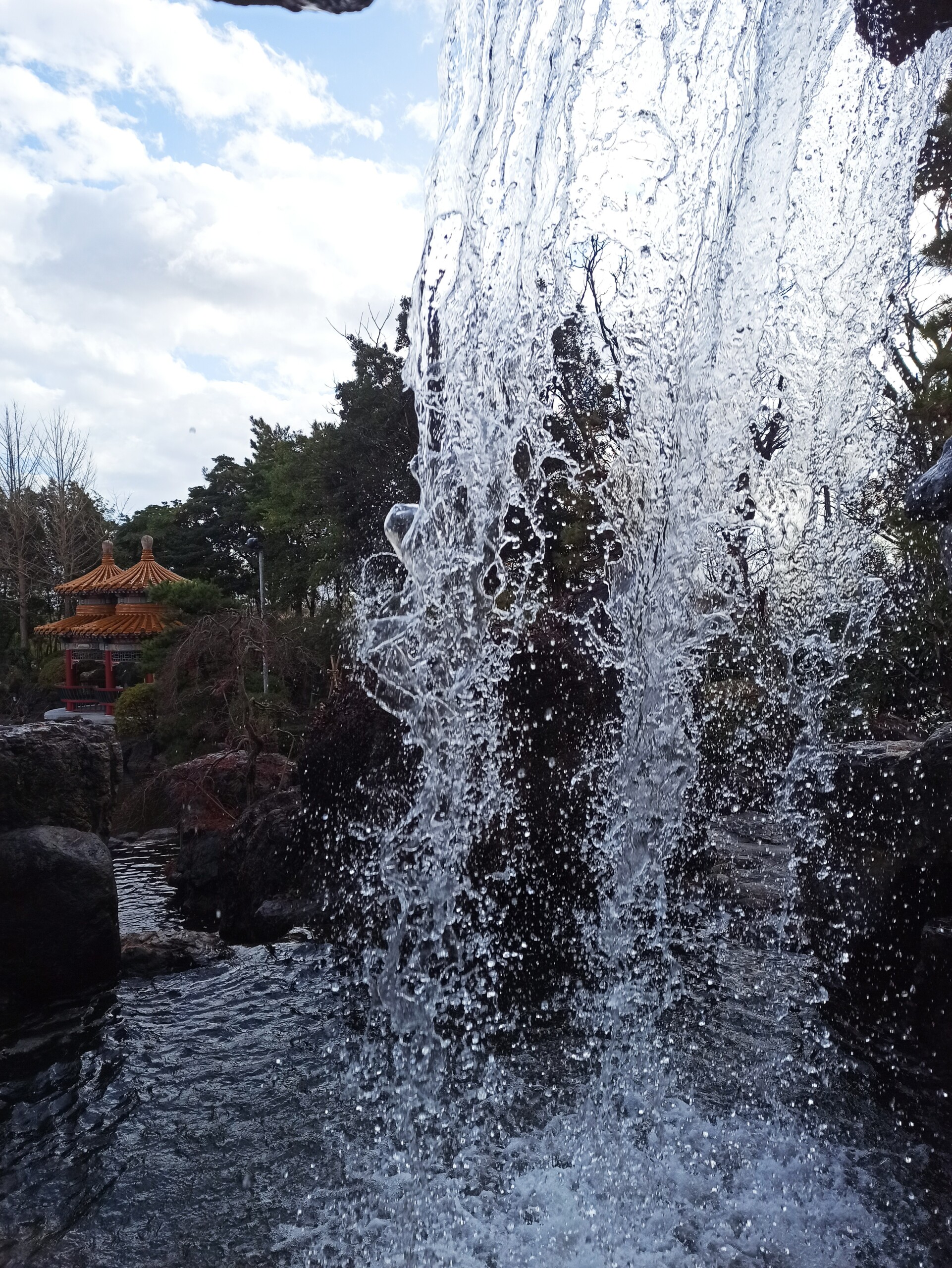
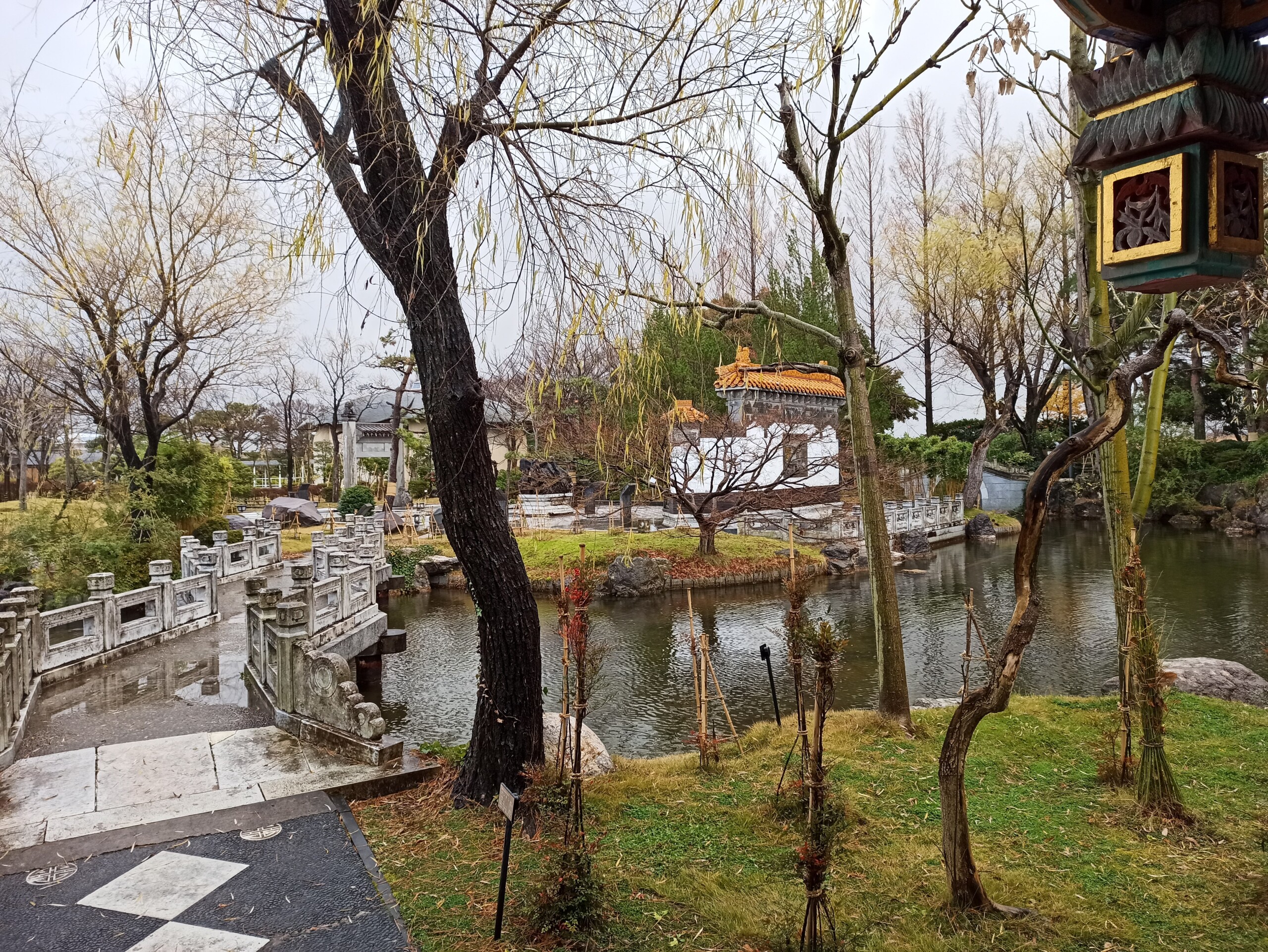
You could also visit Tenjuen, a Japanese Chinese garden a short ride from downtown Niigata city.
If you like model trains, head to Itoigawa shinkansen station for the “Itoigawa Geostation Geopal.” I unintentionally deleted my video, but you can pay a couple hundred yen to control the model train for a bit.
Itoigawa is a good spot if you’re also keen to view the Sea of Japan.
Kofu
Kofu is the capital of Yamanashi prefecture, the home of Japan’s wine industry.
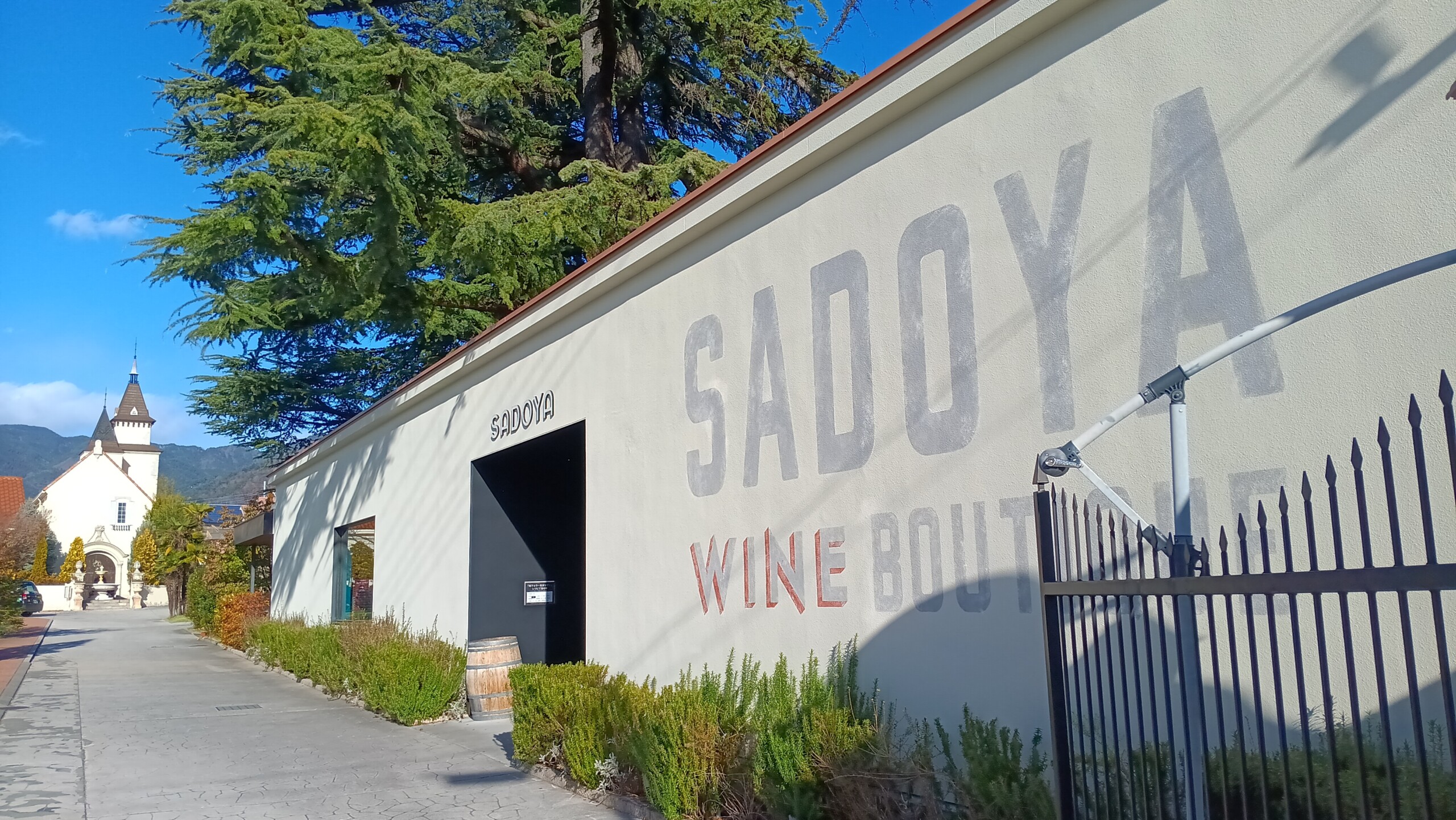
The city is a mere 1.5 hours away from Shinjuku by limited-express train, and has a few pleasant shops and restaurants close to its reconstructed Maizuru Castle.
It’s not a hugely popular tourist city, as Yamanashi, too, is best known for its nature-focused activities.
Buuuut, the prefecture can lay claim to “half” of Japan’s most famous mountain:
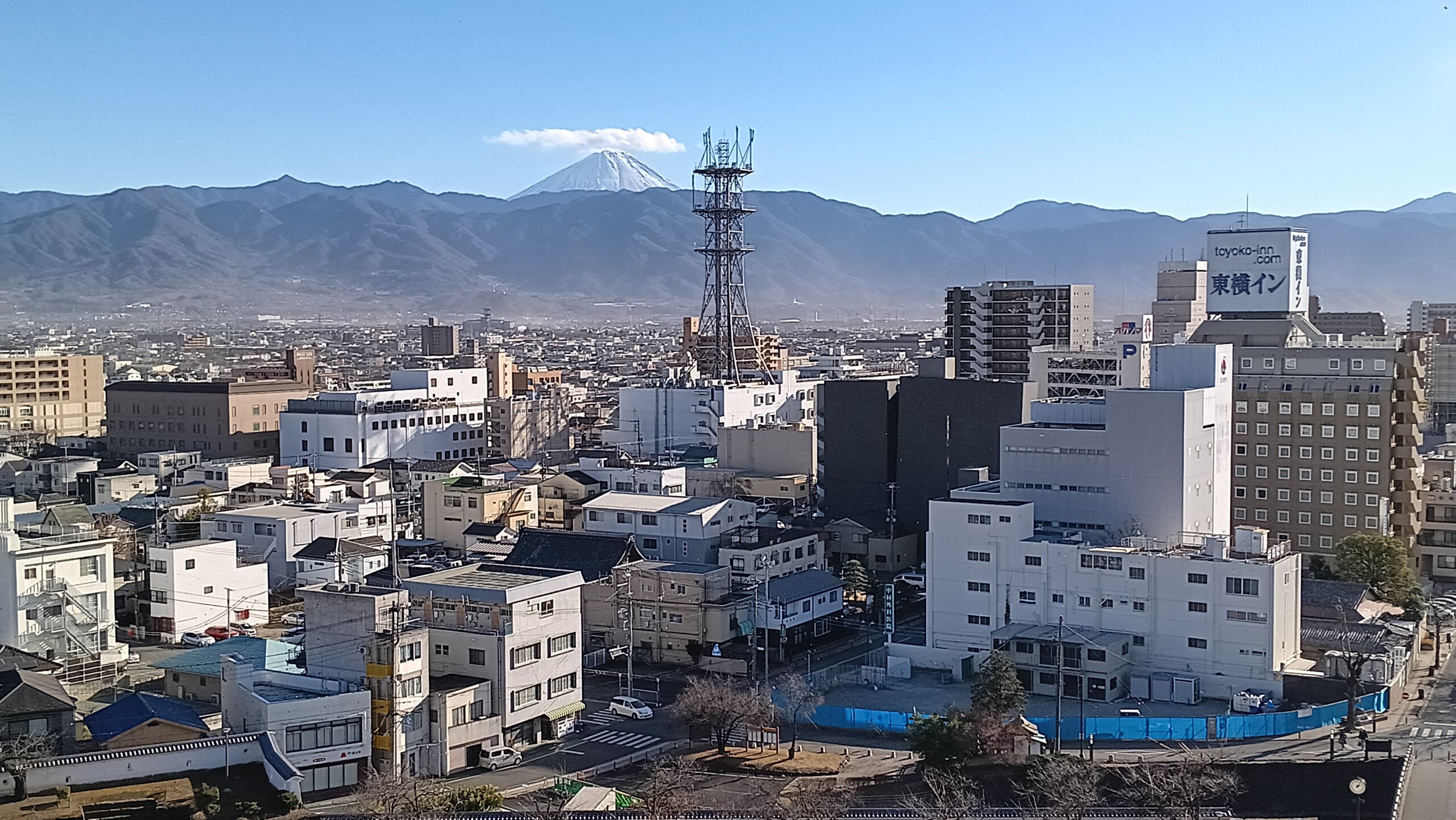
Utsunomiya
Another sleepy prefectural capital, Utsunomiya had been calling my name for nearly 20 years, for one big edible reason: gyoza.
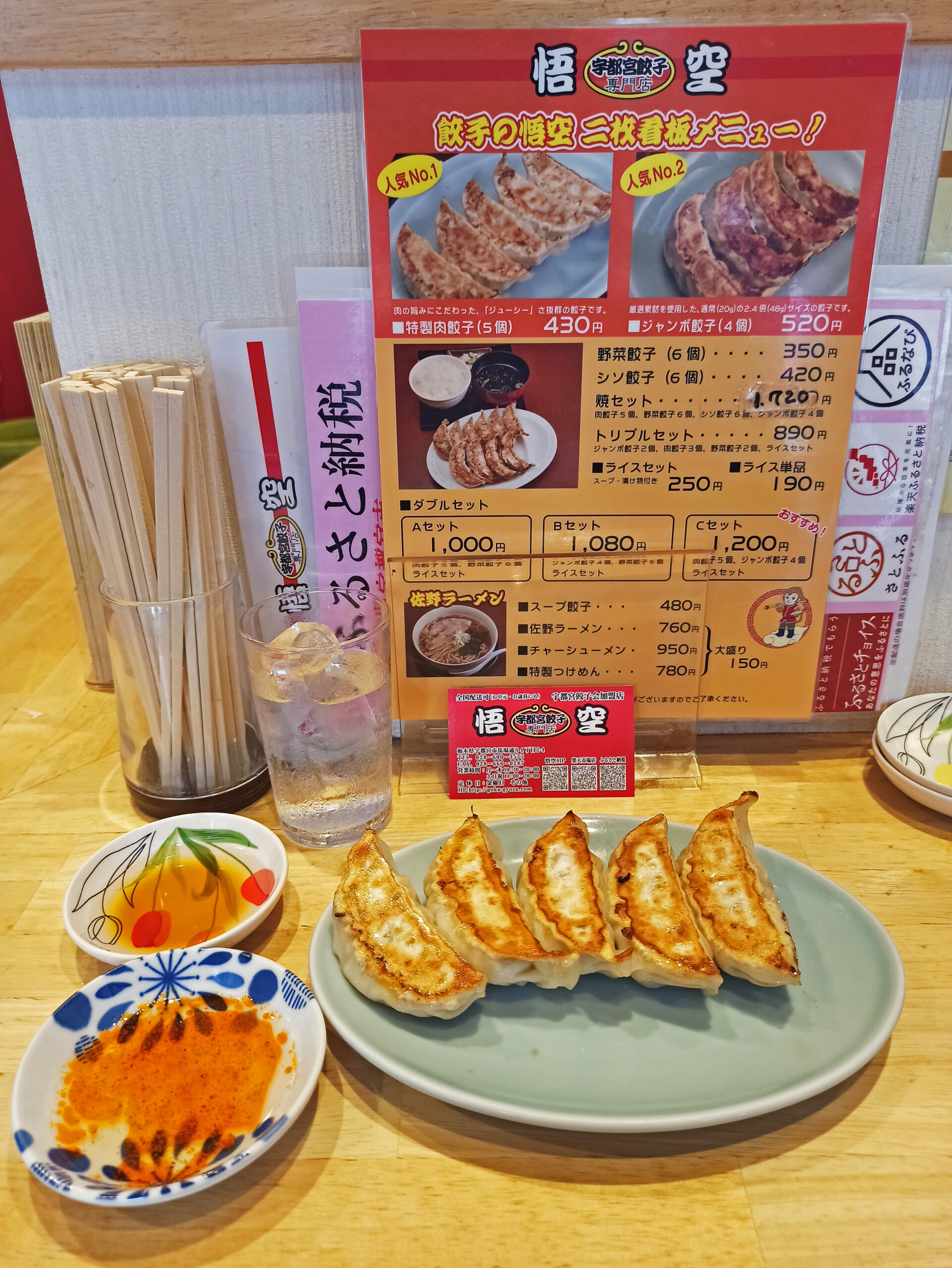
Utsunomiya is the gyoza — i.e. pot sticker — epicenter of the country, with both a street and a food hall dedicated to the snack.
Architecture buffs might be interested to know that the city’s Matsugamine Catholic Church was made using local Ōya stone, made from lava and ash. It can only be found in this part of Tochigi prefecture.
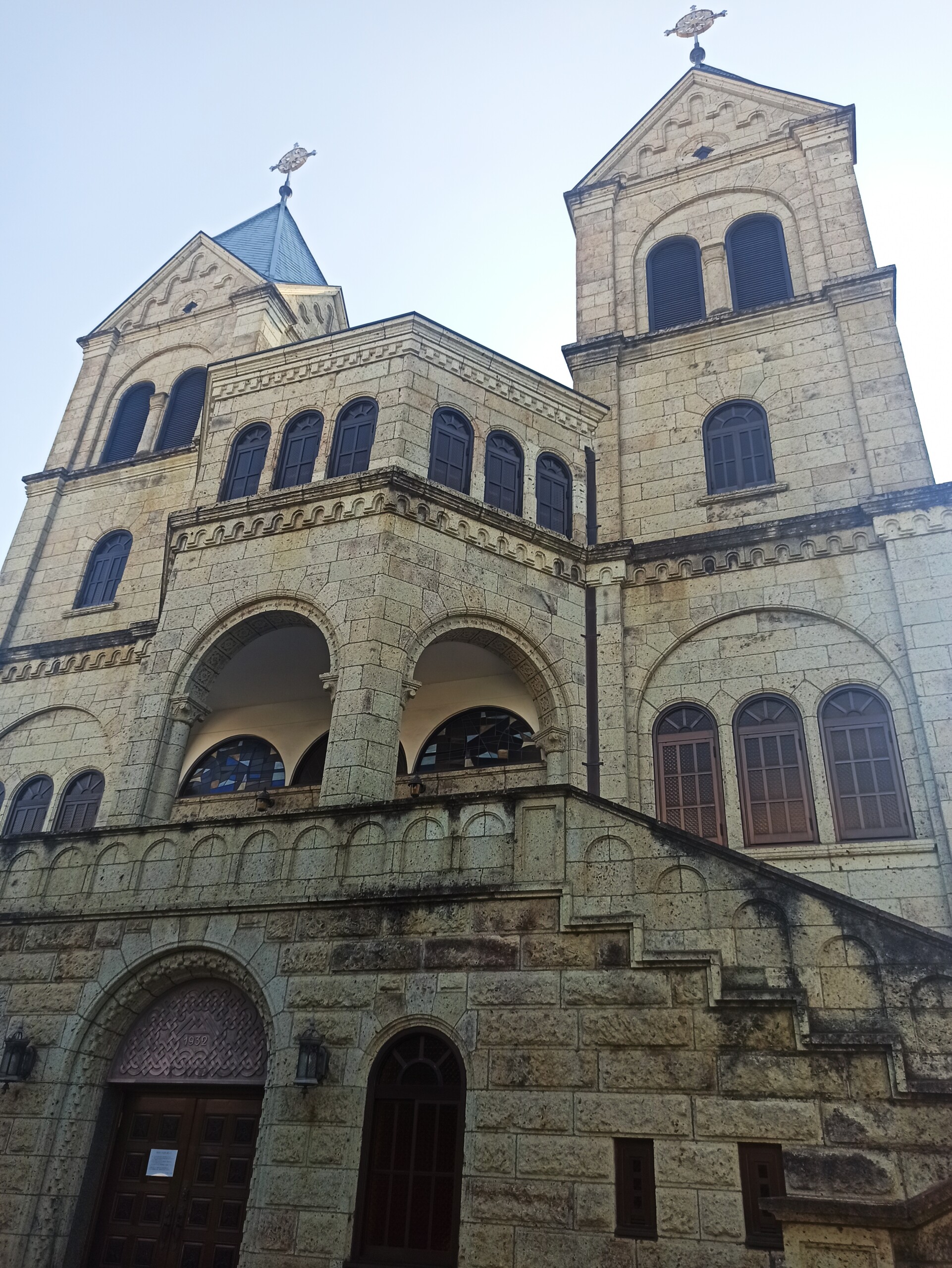
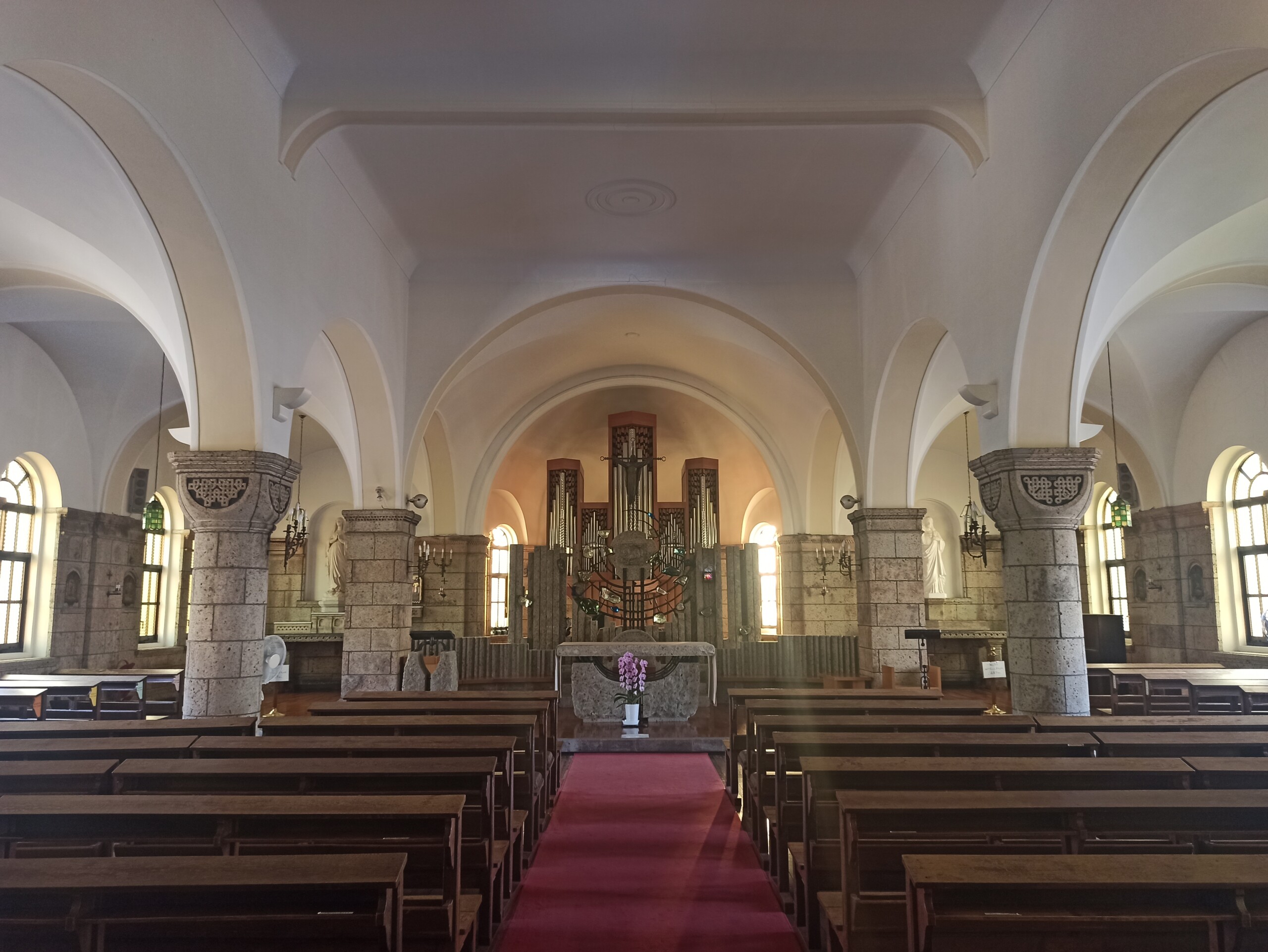
If my JR EAST PASS Nagano Niigata area weren’t hole-punched, I would’ve been more enthusiastic about traveling around. Obviously, any ticket could be hole-punched, and thus rendered far less efficient…try not to let it happen to you.
Regardless, it’s always a blast seeing how much pride each Japanese city/town/village takes in its locally-made products and foods. From the abundant nihonshu in Niigata and buckwheat tea in Matsumoto, to the gyoza and Ōya rock of Utsunomiya, I will be back.

Leave a Reply